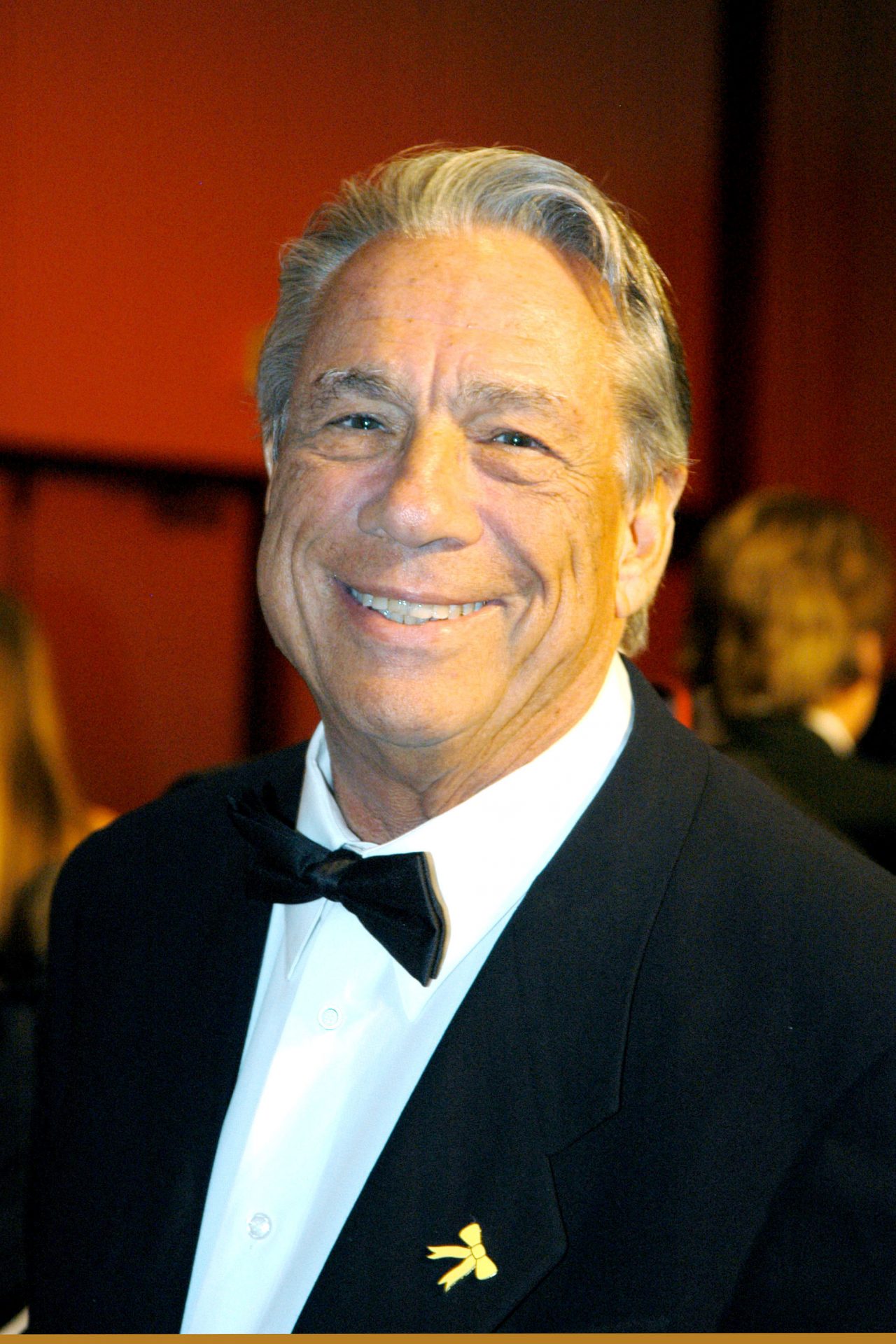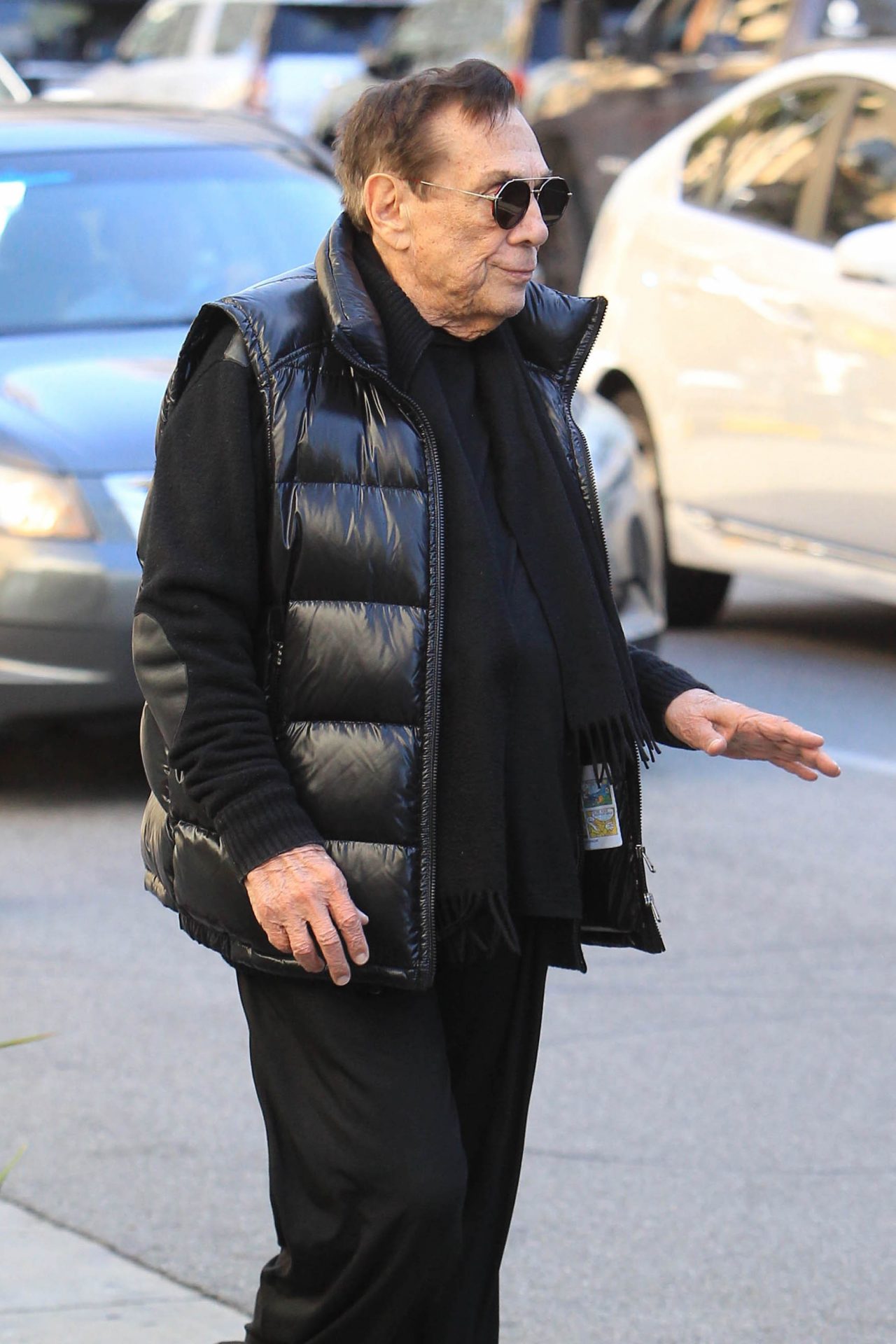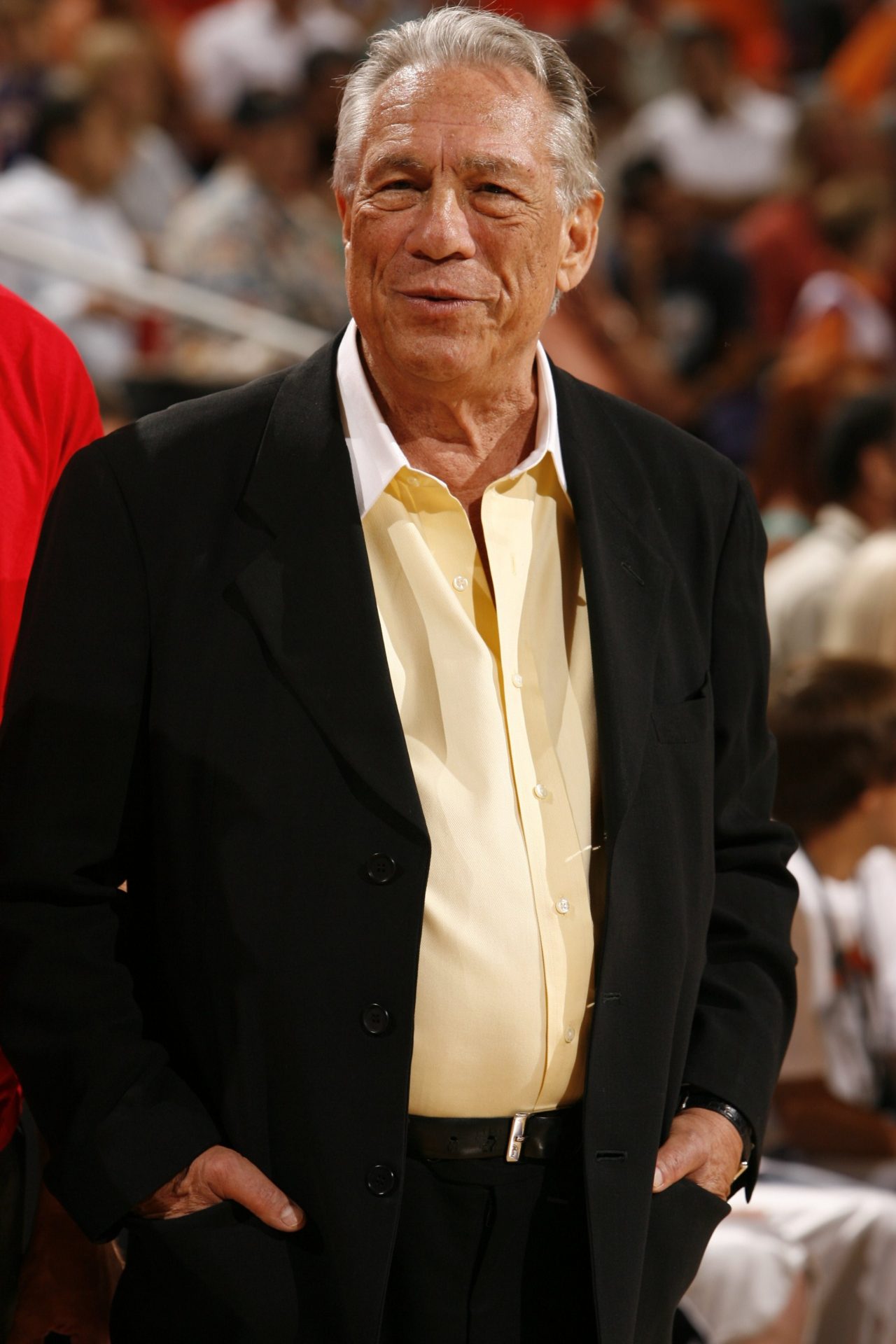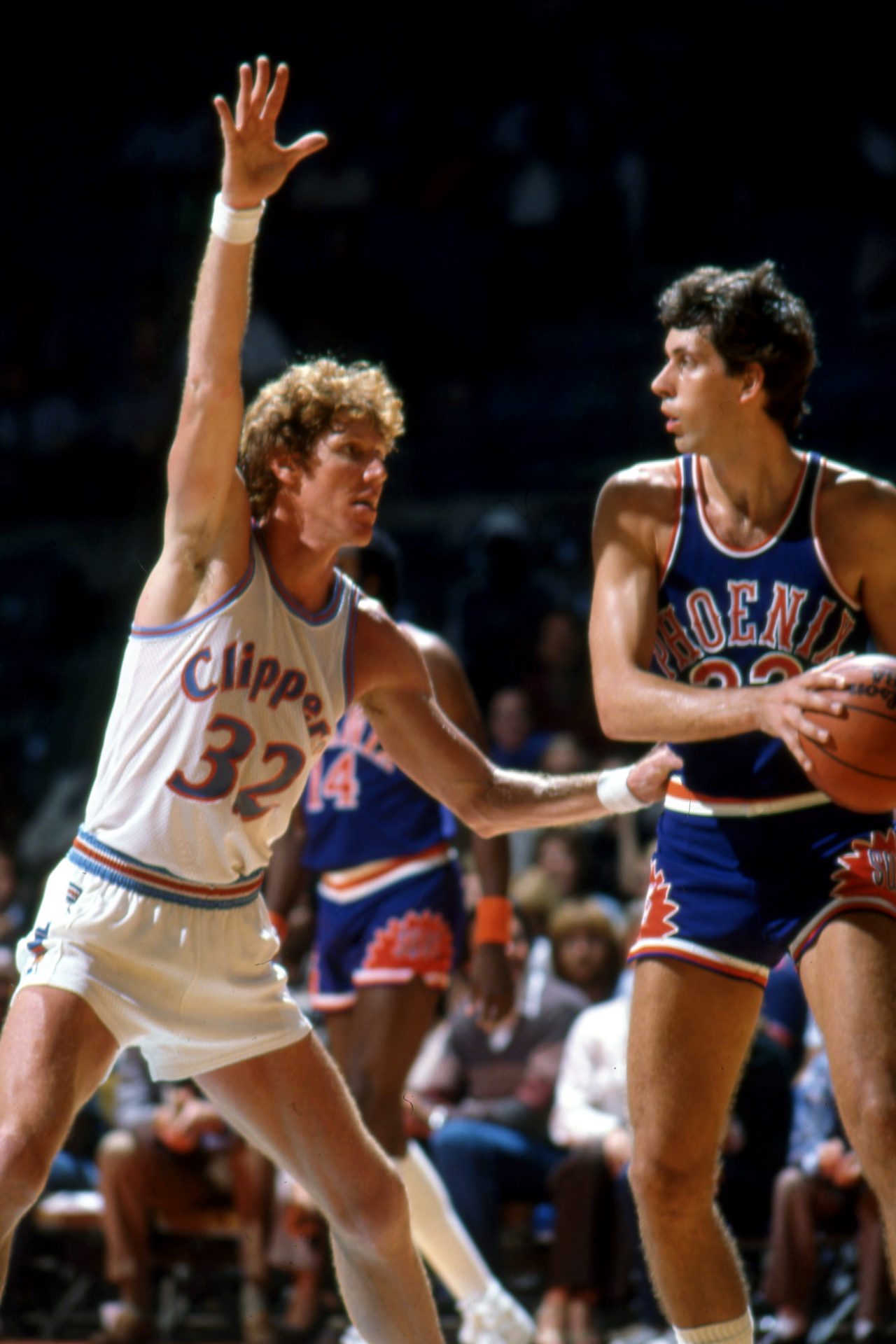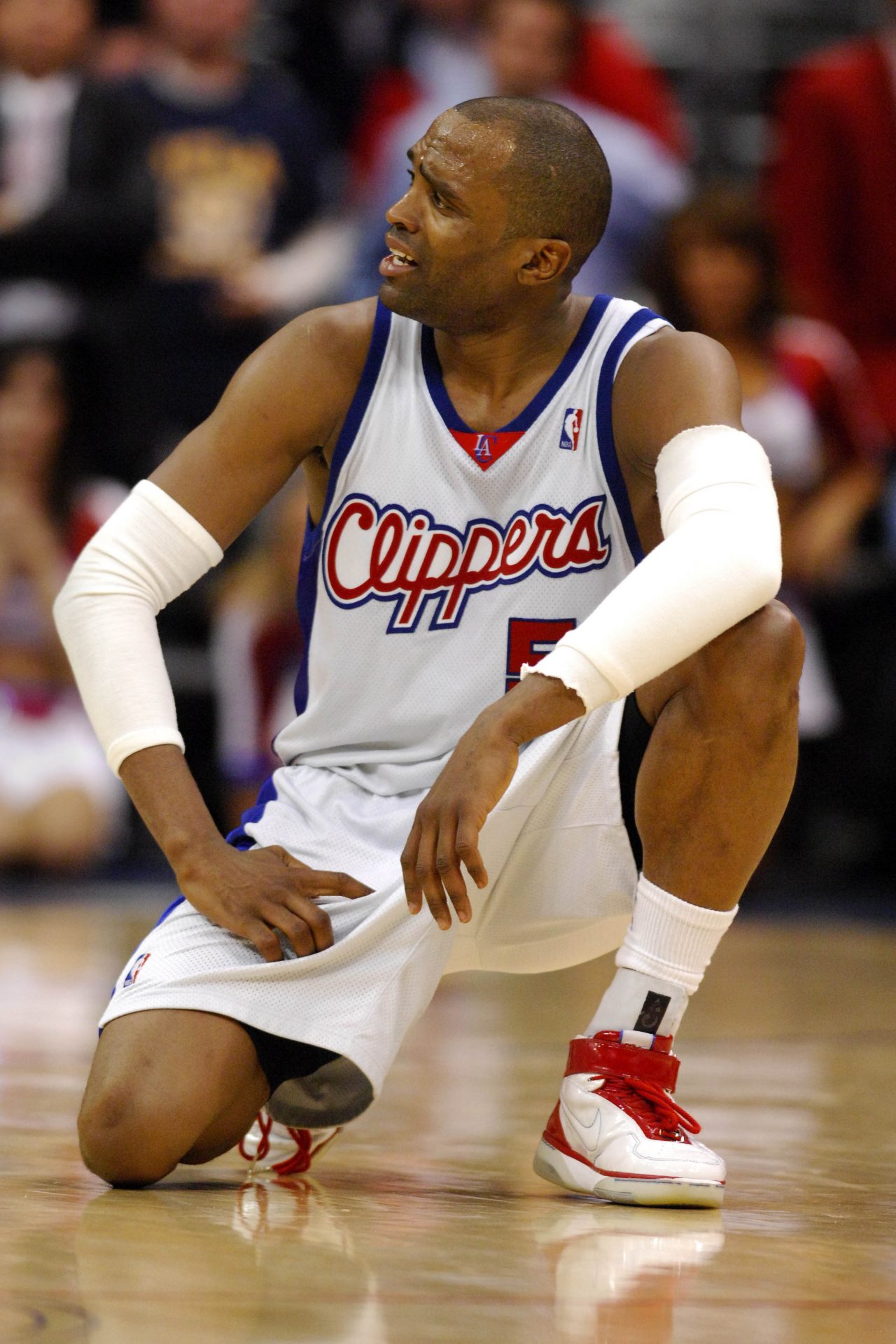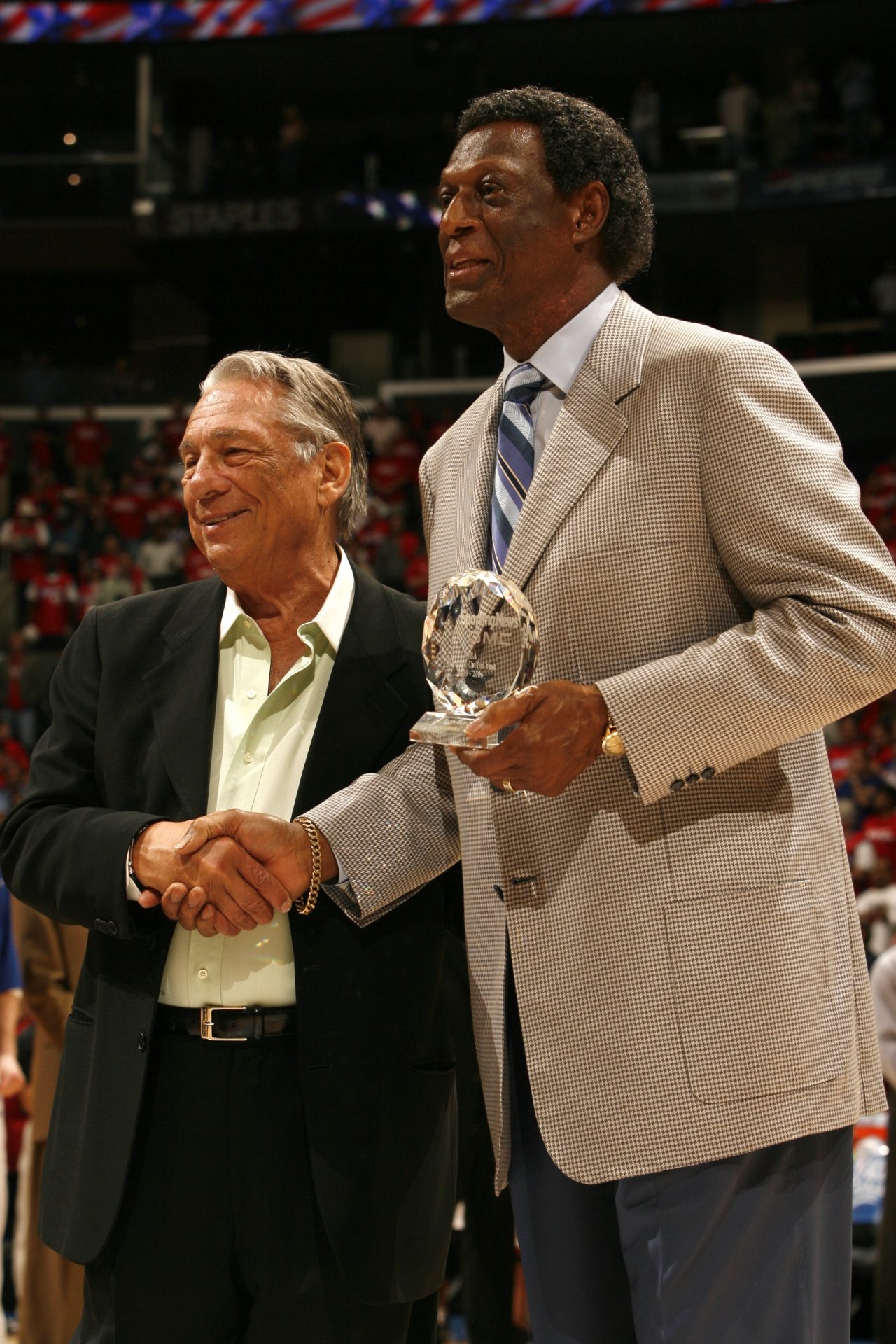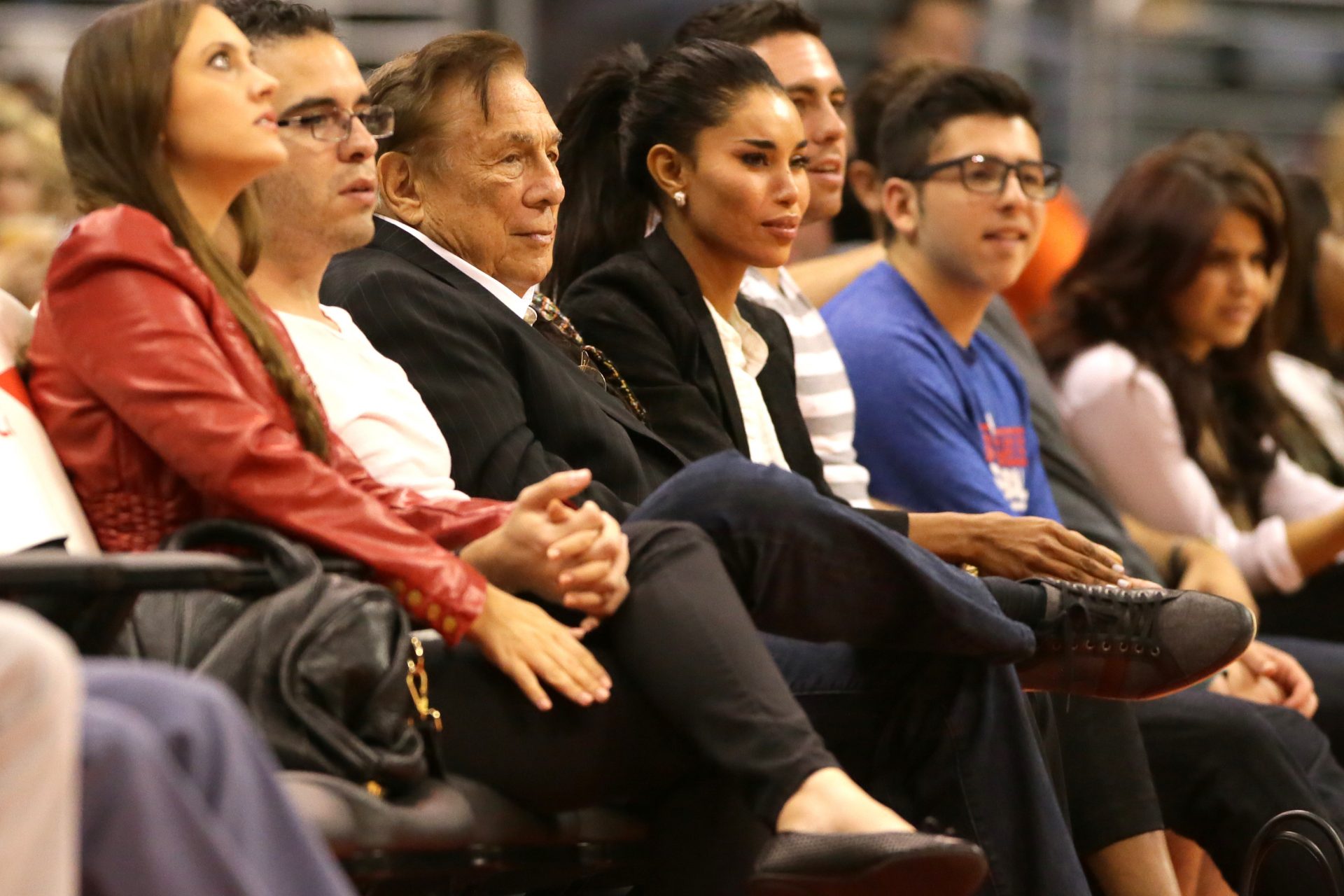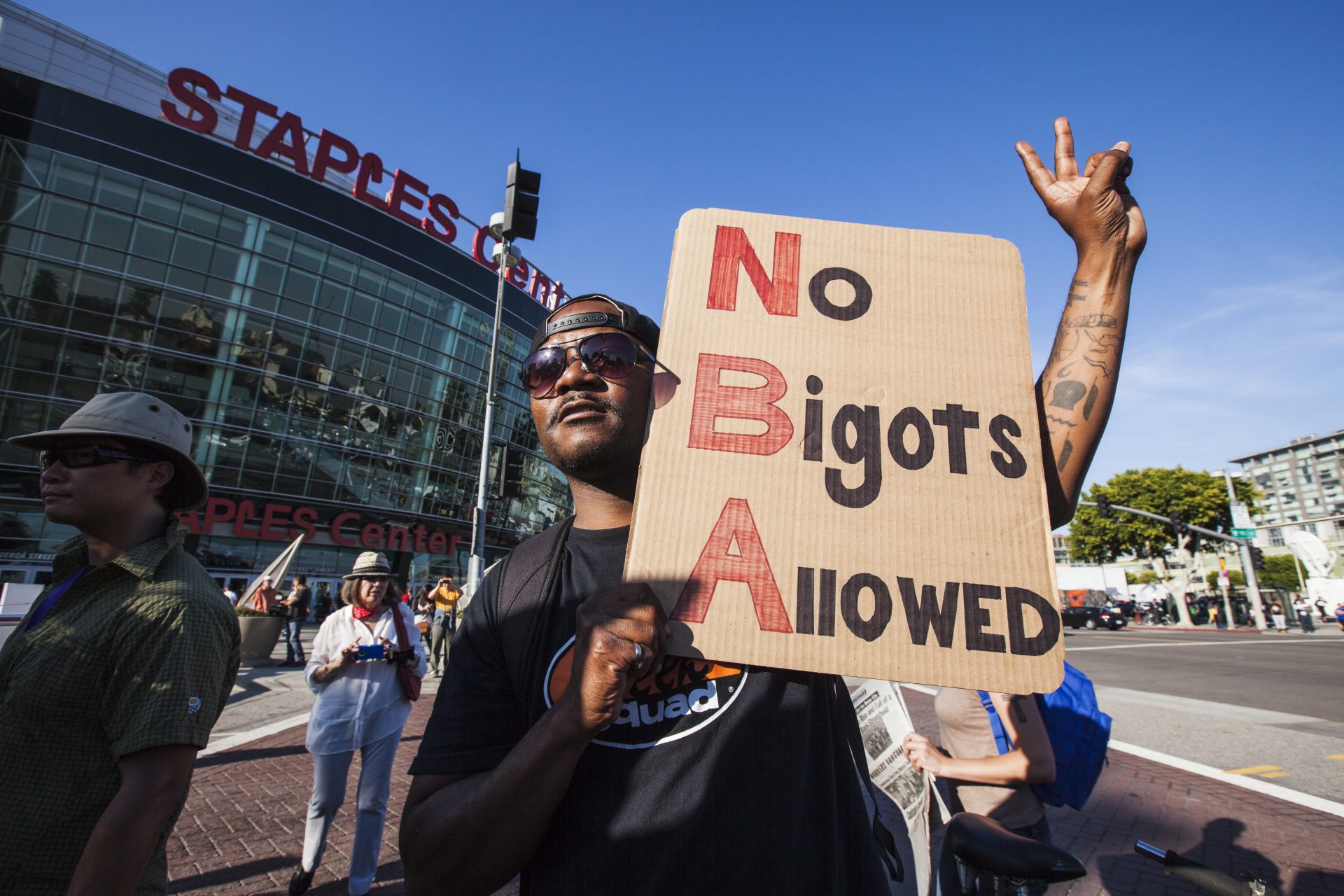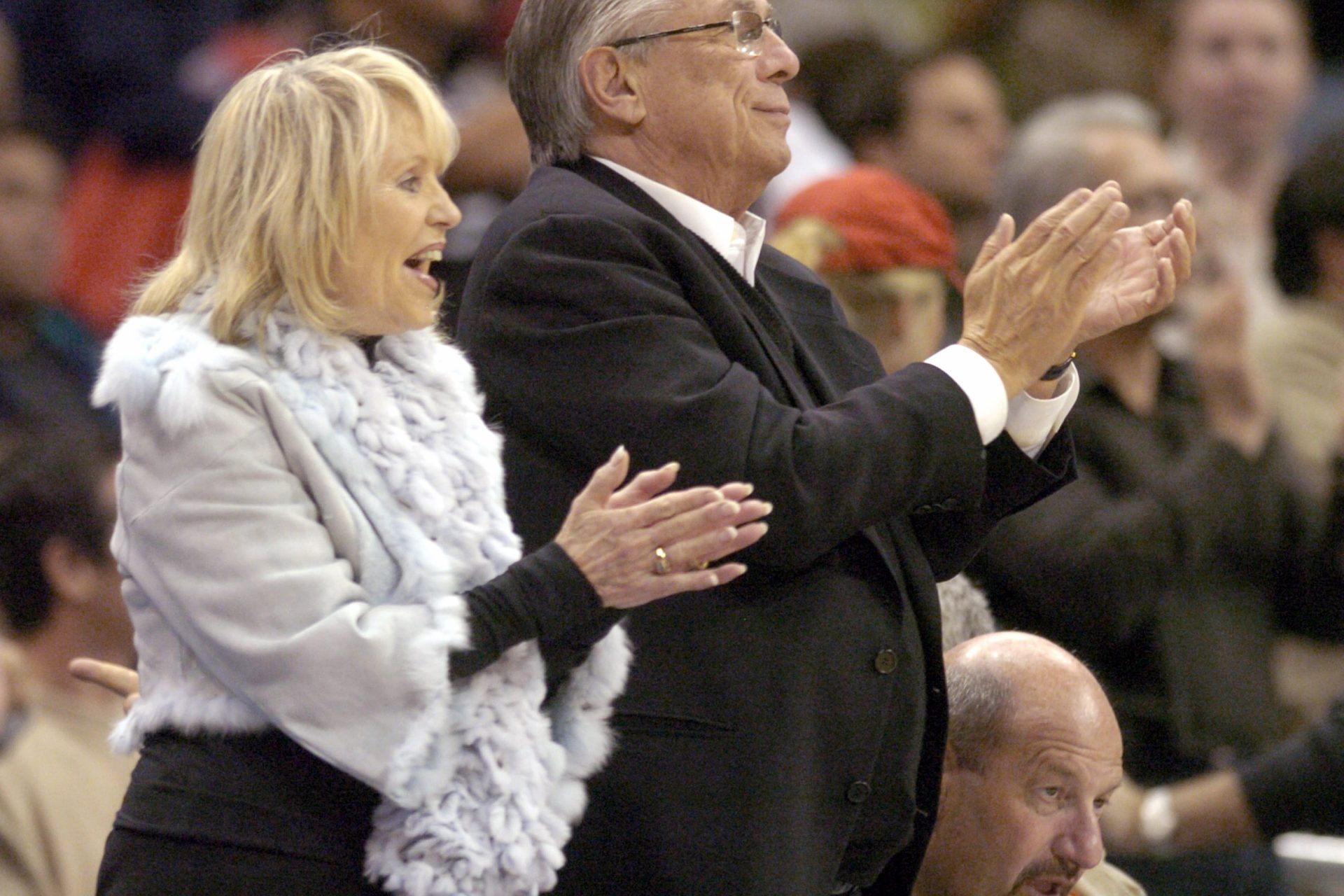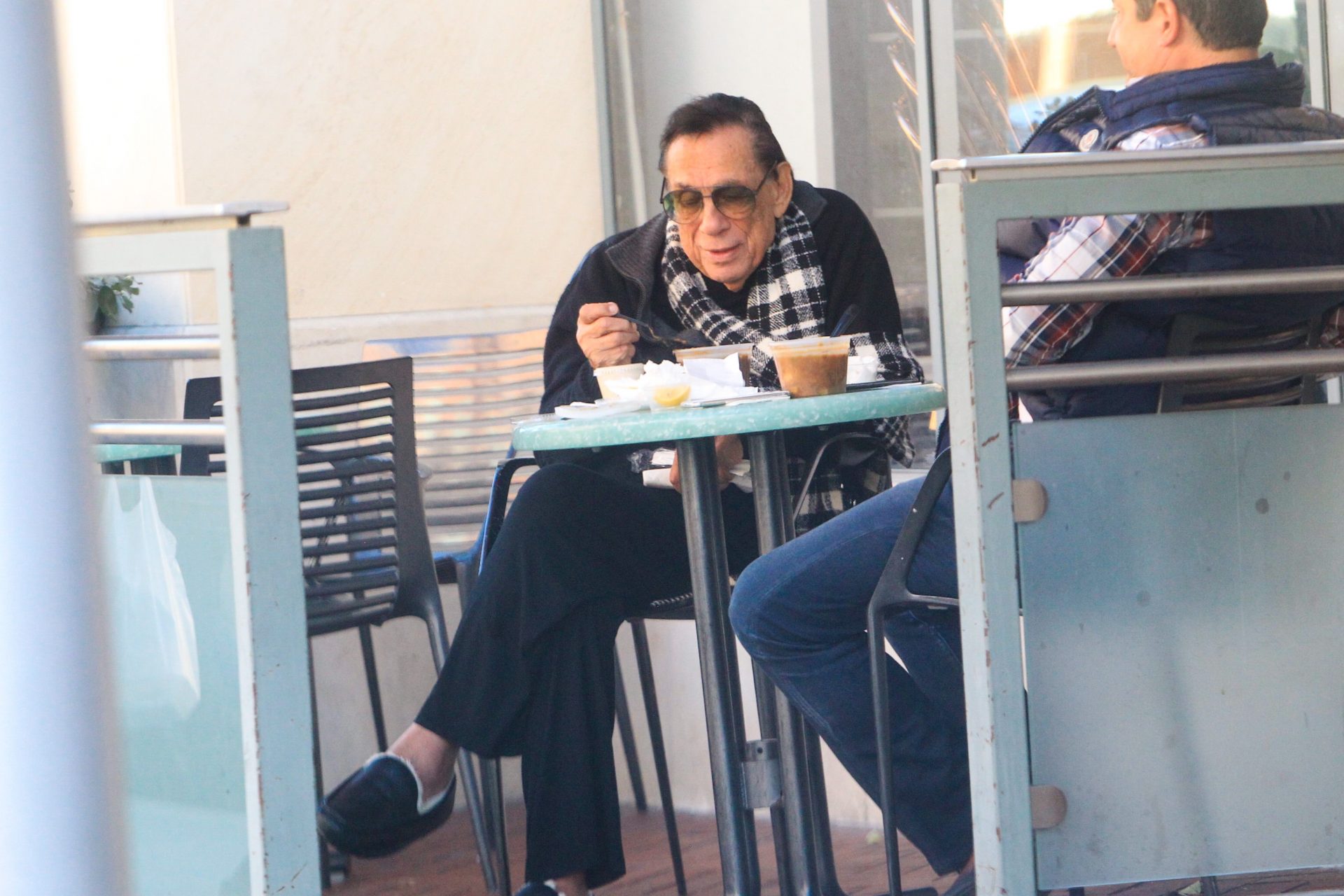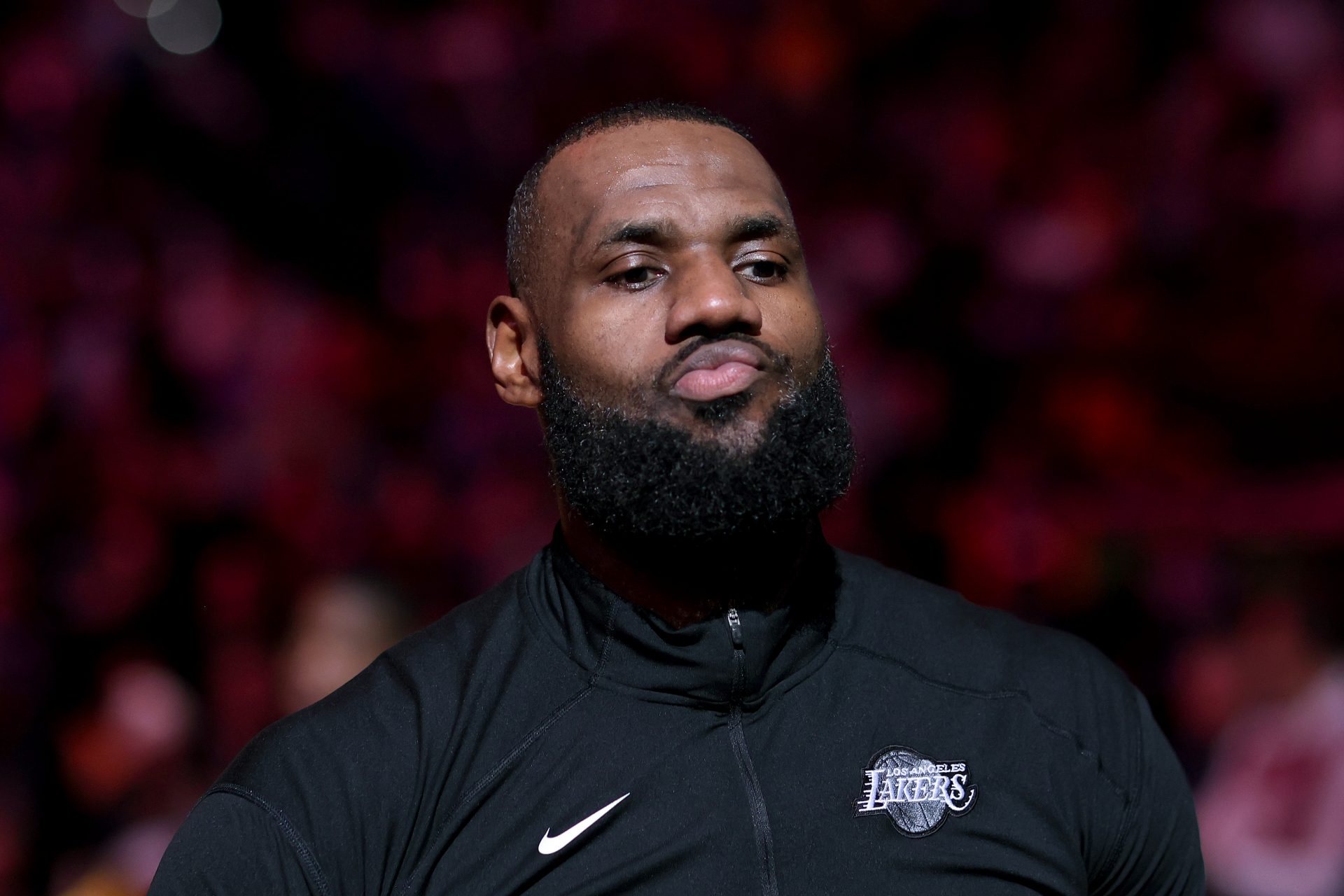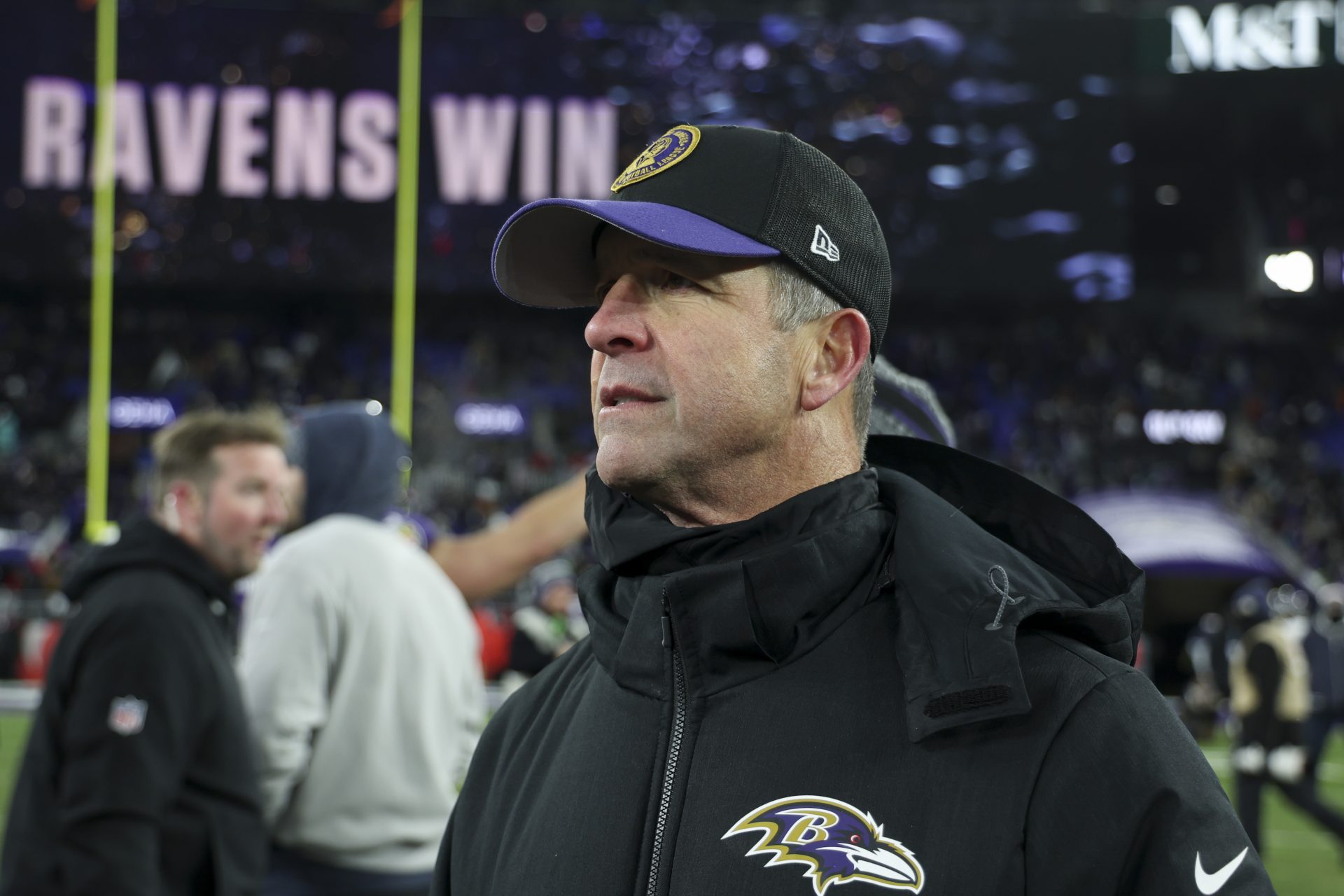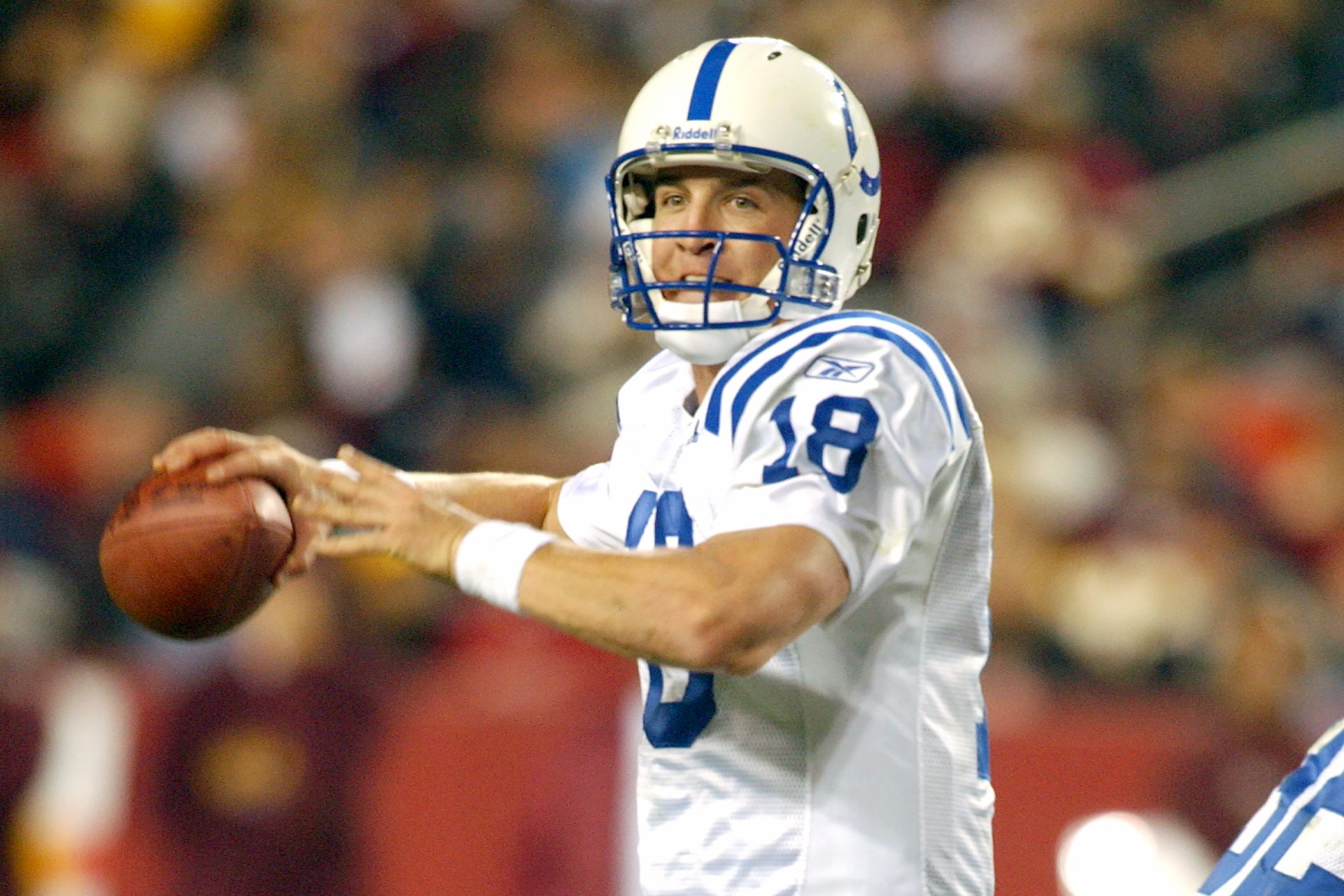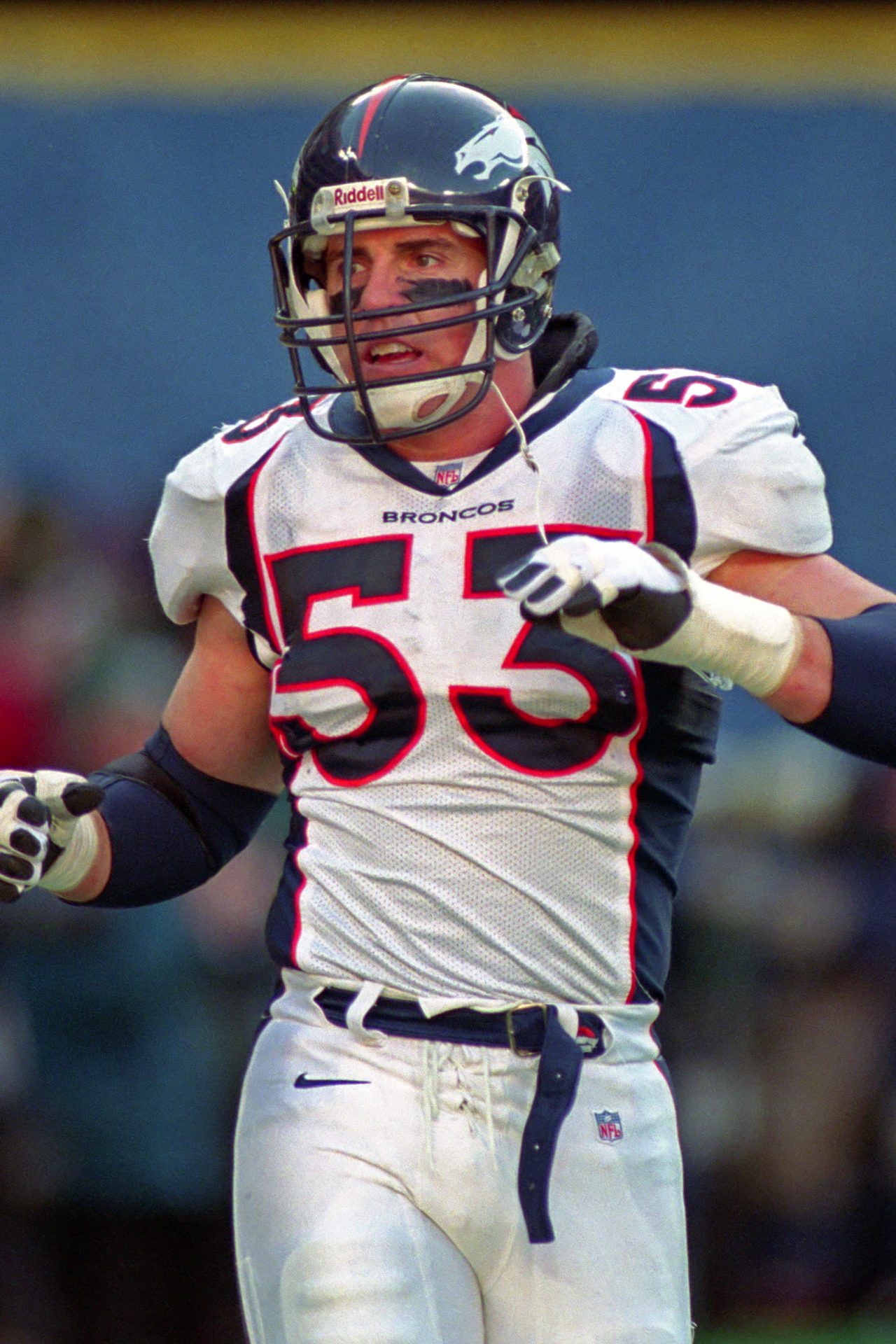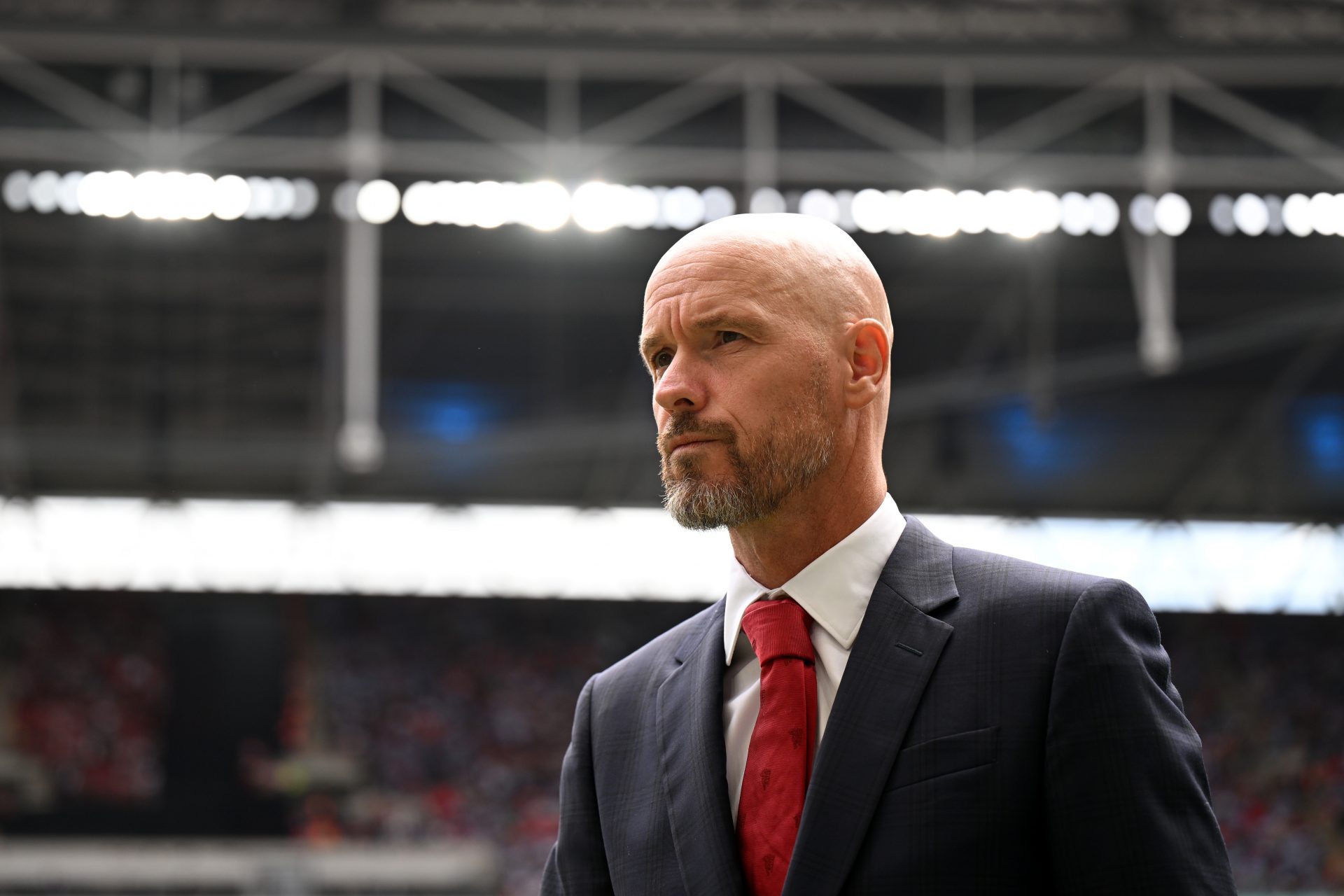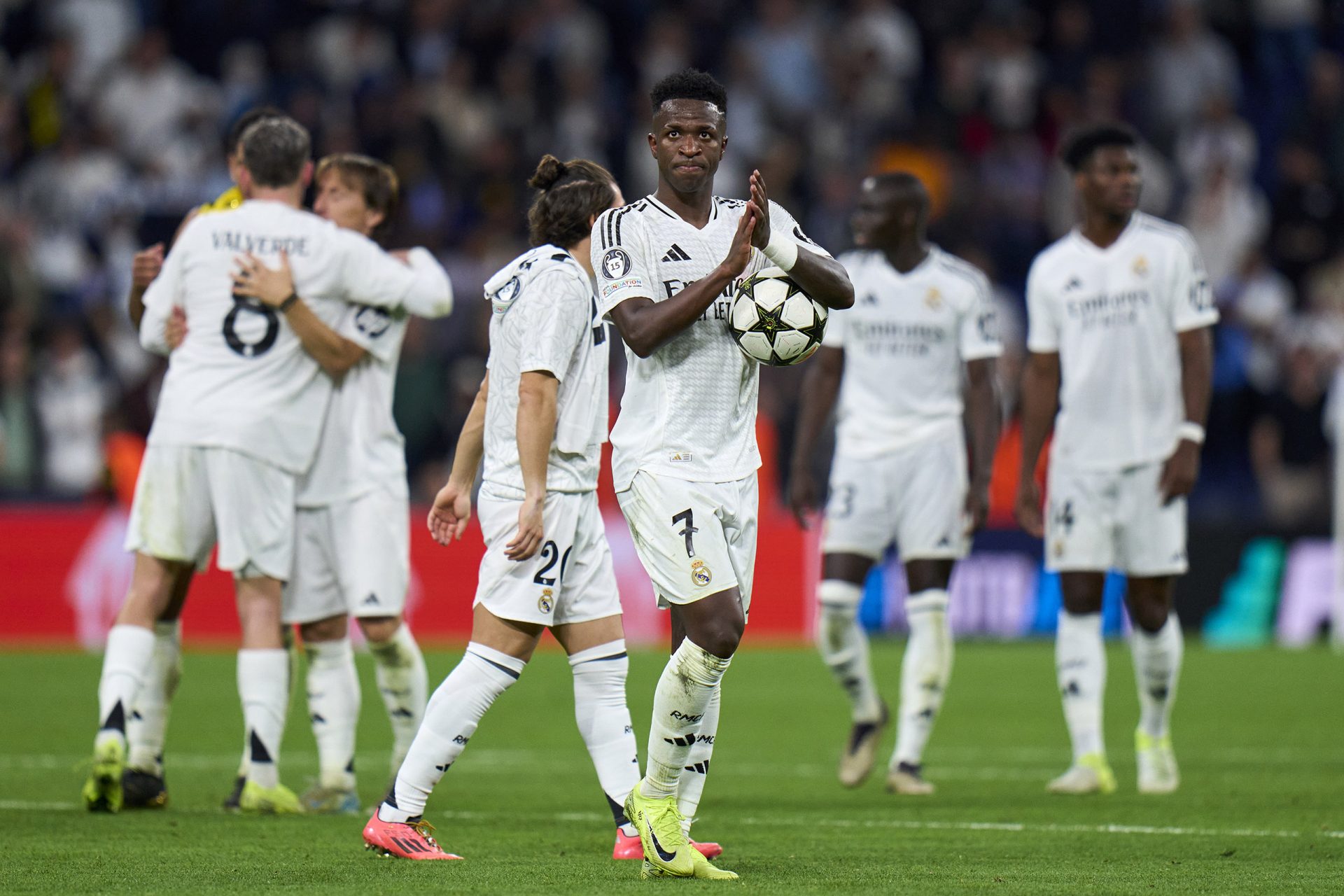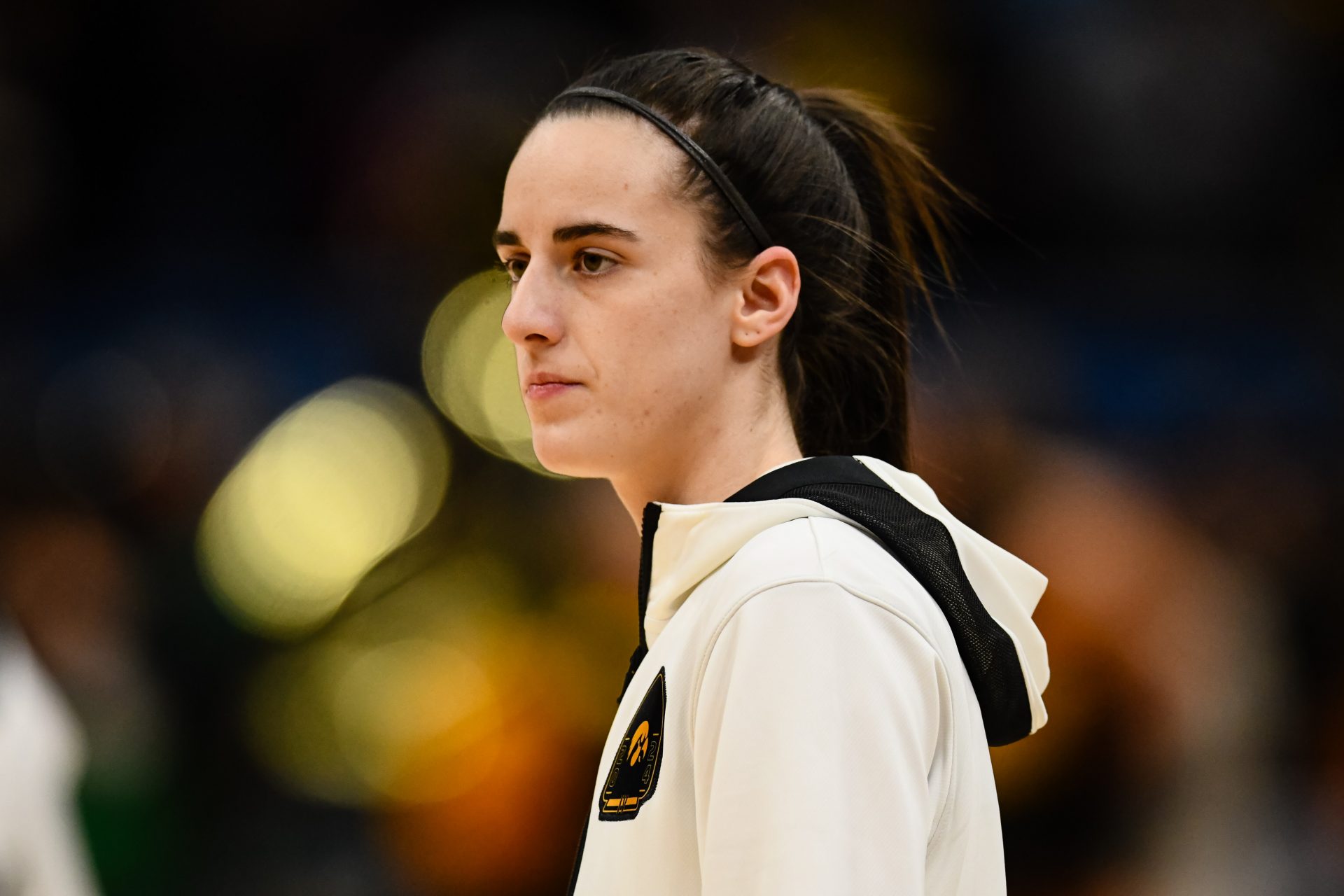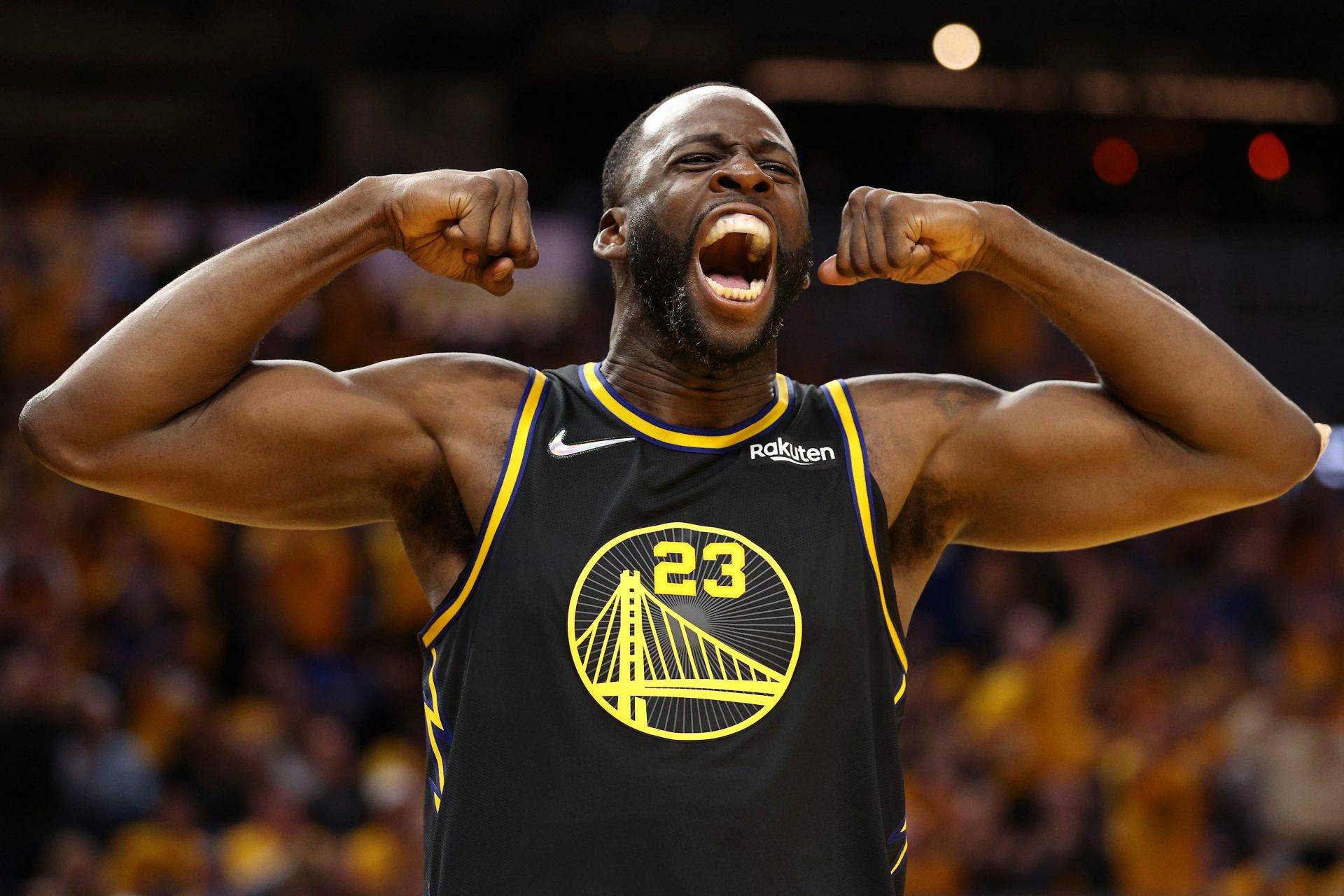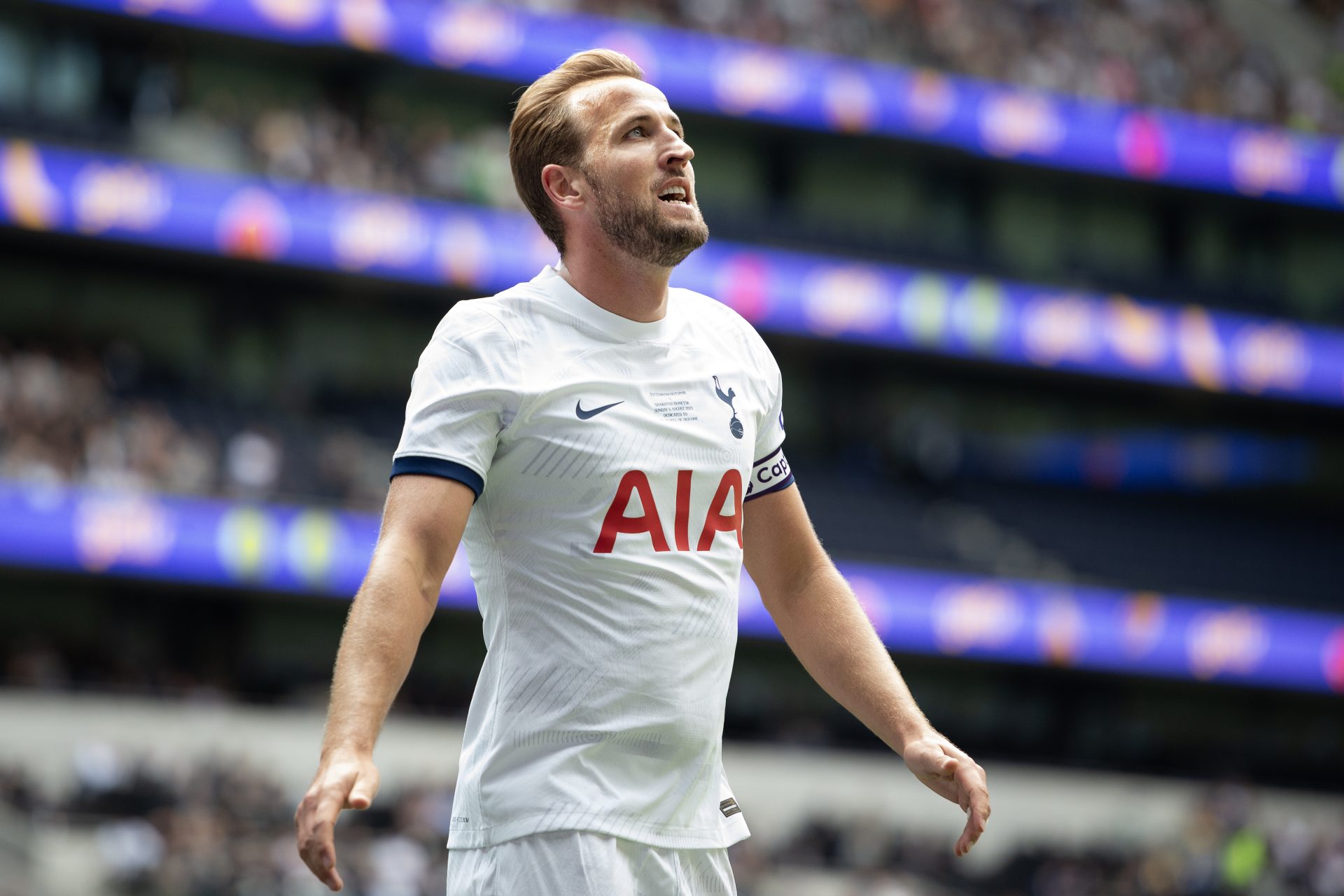What happened to disgraced Clippers owner Donald Sterling?
The Los Angeles Clippers were owned by Donald Sterling from 1981 until 2014. Until a shocking racist bit of audio was released to the public, it seemed like he would be in control of the team for much longer. After significant backlash from Clippers players and the NBA, Sterling was unceremoniously prohibited from being involved with the league.
The former Clippers owner was born in 1934 as Donald Samuel Tokowitz. However, he never cared for the name growing up. He wanted something that would more easily roll off the tongue, as he had big dreams involving becoming a successful businessman. Tokowitz would legally change his last name to Sterling when he was 25.
Sterling would have his hands in a couple of different industries as he pursued the American dream his parents wanted him to have. He was admitted to the California bar in 1961 as a divorce and personal-injury attorney. Sterling would also purchase run-down properties in Southern California, renovate them, and turn a profit on the asset by renting them out.
As his wealth and influence grew, Sterling wanted the cache of owning a professional sports team. He didn’t have to look far, as the San Diego Clippers were up for sale in 1981. Sterling jumped at the chance, and told Clippers fans that he would transform the franchise in a manner that would make them proud.
The franchise would relocate to Los Angeles in 1984, which was a bold move considering the Lakers were in the midst of the Showtime glory days. The Clippers were one of the NBA’s laughingstocks for decades under Sterling’s leadership. They only made the playoffs four times between 1981 and 2010.
In addition to the Clippers’ struggles, sporadic pieces of disturbing anecdotes would come out of the organization in the 1990’s and 2000’s. Former general manager Elgin Baylor detailed racist comments made by Sterling. Baylor alleged that Sterling refused to consider a black candidate for head coach, and used player Danny Manning’s poor upbringing against him in contract negotiations.
Many people who had come in contact with Sterling over the years felt he looked down on African-Americans, but couldn’t prove it. That changed in April 2014, when Sterling was recorded with his girlfriend V. Stiviano, saying that he didn’t want her bringing black people to Clippers games, as reported by the New York Post and a number of other media outlets at the time.
The inflammatory language elicited a severe backlash against Sterling, including from his own players. While participating in the 2014 playoffs, Clippers players wore shirts denouncing racism, and even considered boycotting their game against the Golden State Warriors. It was clear that this story was not going to go away.
The NBA hasn’t historically been in the business of reprimanding its owners. However, then-new commissioner Adam Silver realized that something had to be done. In a memorable press conference, Silver communicated that Sterling’s behavior had no place in the NBA or in society, and that he was banned from the league for life.
It was one thing to forbid Sterling from being around NBA facilities, but it was another to force him to sell the Clippers. Eventually, enough pressure mounted that Sterling and his wife sold the franchise. It was a stunning turn of events for an owner who many thought was beyond reproach.
Sterling hasn’t been seen or heard from much in the past decade, as his reputation has been irreparably damaged. Pushing 90 years old, it doesn’t seem like the decision to operate privately will change any time soon. He was briefly seen exiting a restaurant in Malibu in 2022 with his wife, as reported by The Daily Mail.
More for you
Top Stories



